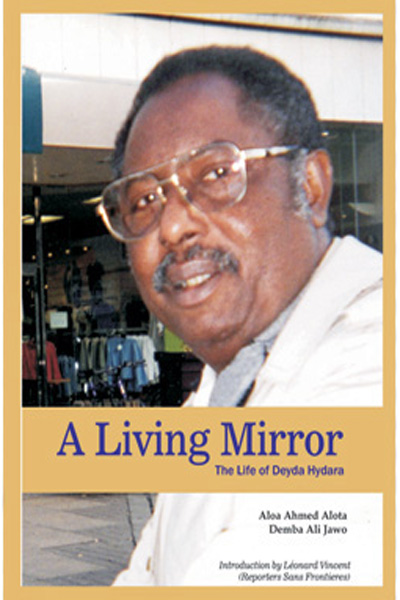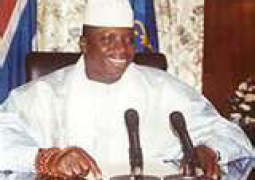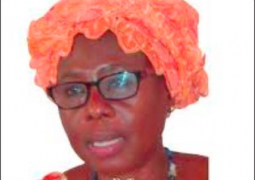
When this book first came out in 2007, few people dared to buy it or even read it in public. The authors therefore must have been extremely brave to have mustered the courage to pen this frank tribute to the first martyr of press freedom in The Gambia. Both the authors are brilliant journalist first, and then close professional colleagues of Deyda who worked under and with him at the Point newspaper and in the Gambia Press Union. Now that the miserable regime under whose gaze Deyda was murdered, and which refused to find his murderers and which for 12 years banalised his death, has been excised from power, this biography of Deyda deserves a revisit by critics and readers alike.
The
book is divided into four chapters which address the chronology of Deyda’s
life starting from his Hassiniya progeny (page 7) to his boyish days in Bathurst playing football, or what looked like it, in the
dusty Bathurst streets(page 2) and how he unlike many Bathurst boys growing up
in the 1950s, enrolled into the only French school in the town called the Foyer
Francaise instead of the regular mission schools with English as the medium of
instruction. His French education was to pave his path into journalism first as
a DJ at the new and first commercial radio station in Africa, Syd, established
by Mrs Wardner, the Swedish Gambiaphile(page 12-13). Being a bilingual radio
DJ, Deyda was already, may be unconsciously, promoting media pluralism in West
Africa in 1970, when the whole of Africa knew of nothing but the monotony of
the state radio, state newspaper and state news agency as mass media. Of
course, it is to the credit of the then PPP government that Mrs Wardner was
given a license to broadcast on Gambian air waves and thereby putting our
country on the map as the progeny of multi-band radio choice in Africa.
In
chapter two, the authors relate two episodes which are milestones in Deyda’s
future career: his resignation from Radio Syd in 1988(page 31) and his meeting
of Pap Saine, his companion in arms in the struggle for media freedom in The
Gambia. Here also, the reader is introduced to other great Gambian journalist
like Baboucarr Gaye who with Deyda, Pap founded the broadsheet Senegambia Sun
in 1982. It folded up in 1985 but laid the foundation for the rise of the Point
newspaper in 1991.
Yet,
the authors are meticulous enough not to take Deyda as a journalist only: they
also recount how he was involved in many other social, philanthropic, religious
activities. He helped revived an old Gambian 1960s music sensation group Super
Eagles in 2000(page 55); and above all, he mentored many Gambian journalists in
the 1980s through to his death.
In
chapter three, the authors begin to explain how increasingly Deyda saw the
Jammeh regime as hostile and how the regime through it agents in the media like
the late Kebba Dibba tried to calumny the Point newspaper and Deyda himself.
Deyda was a constant critic of the pseudo-democratic regime. He observed and
criticized their excesses and even brutality (page 66). This began to put him
into trouble. Yet, whatever he wrote, he was sure off. He was not a spiteful
journalist. He was a spirited journalist who put Gambia first.
In
chapter 4, we read how his desire to put The Gambia first becomes tragic. Early
in the year the regime’s obsession with muzzling the media reached pitiable
heights when a National Media Commission, a Soviet style media control body,
was created. Now that the Jammeh government has declared war against free
speech, Deyda also declared war against the oppressor. He led the legal
challenge against the Commission in the courts and courted international
opinion against the Commission, very successfully. Now he was a targeted man.
The
authors minutely recount his last days and hours on earth. Whilst the order for
his murder was been finalized and his murderers were busy polishing their tools
of death, Deyda the journalist and patriot was busy celebrating Point’s 13th
year and editing the galleys for the next day’s edition. It was while rushing
his staff home that evening of December
16 2004, that his assassins struck. The cowards’ identities remained in the
dark till April 2017 when the new government announced arrest warrants for his
murderers.
Deyda
was more troublesome for his killer in death than in life. This is the paradox
of his murder. It was a useless act because in death he rallied even more
people against the regime.
This
is a good book; well researched, written and packaged. Highly recommended for
all media practitioners, students of media studies and the general public.
Hassoum
Ceesay
Available
at Timbooktoo, tel 4494345



